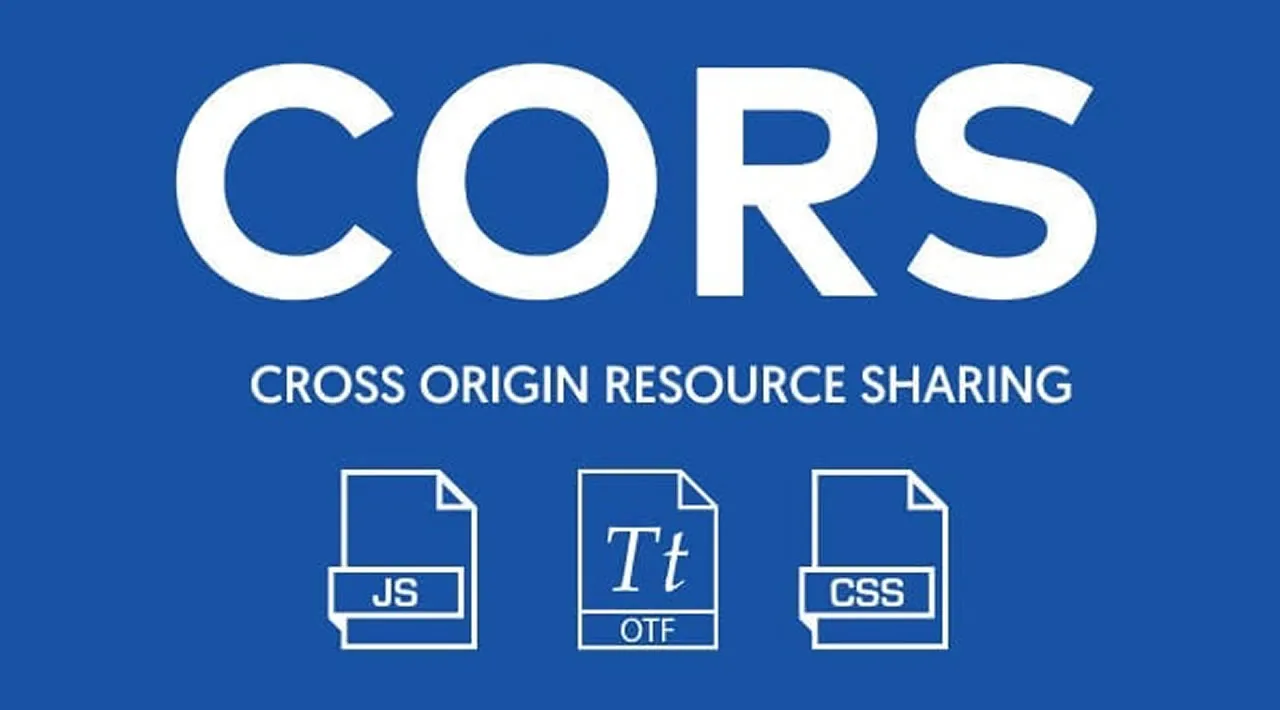What is CORS?
 Ahmed Raza
Ahmed Raza
CORS (Cross-Origin Resource Sharing) is a security feature implemented by web browsers to control how web pages or web applications interact with resources (such as APIs, images, or data) that are hosted on different domains, protocols, or ports from the site being accessed. This mechanism is designed to protect users from malicious activities by restricting the ability of a site to make requests to a different origin, which could lead to cross-site scripting (XSS) or cross-site request forgery (CSRF) attacks.
When a web page attempts to make an HTTP request (such as a fetch or XMLHttpRequest) to a resource on a different domain, the browser sends a preflight request (HTTP OPTIONS) to check whether the cross-origin request is allowed. The server can respond with specific headers that define the allowed origins, methods, and headers. If the response allows the request, the browser proceeds with the actual request; otherwise, it is blocked.
Key CORS Headers
Access-Control-Allow-Origin: Specifies which domains are allowed to access the resource.Access-Control-Allow-Methods: Defines which HTTP methods (GET, POST, PUT, DELETE) are permitted.Access-Control-Allow-Headers: Lists which headers can be included in the actual request.Access-Control-Allow-Credentials: Determines if cookies or HTTP authentication are included with the request.
CORS and Security Attacks
While CORS helps prevent certain types of attacks, it is important to understand the potential risks that still exist if not configured properly.
1. Cross-Site Request Forgery (CSRF)
CSRF attacks occur when a malicious website tricks a user into making an unwanted request to a site where they are authenticated. Since browsers automatically send cookies with requests, an attacker can exploit this to perform actions on behalf of an authenticated user.
CORS Prevention: Proper CORS configuration can prevent unauthorized cross-origin requests from being made. By setting the correct Access-Control-Allow-Origin and Access-Control-Allow-Credentials headers, the server ensures that only trusted sources can make requests on behalf of the user.
Risk: If these headers are misconfigured (e.g., allowing all origins *), it could inadvertently open the door for attackers to exploit users on any site.
2. Cross-Site Scripting (XSS)
XSS attacks involve injecting malicious scripts into web pages viewed by other users. If a site does not properly sanitize user input, an attacker can execute arbitrary JavaScript in the context of another user's browser.
CORS Prevention: CORS can limit cross-origin requests, but it cannot fully prevent XSS. XSS attacks typically occur due to vulnerabilities in the way a web application handles user inputs or displays data.
Risk: Even if CORS is configured properly, attackers can still execute malicious scripts on the client side if the application does not sanitize user-generated content.
Advantages of CORS
Enhanced Security: By restricting cross-origin requests, CORS prevents malicious websites from performing actions on behalf of users without their consent.
Fine-Grained Control: CORS provides granular control over which domains can access resources, ensuring that only trusted sources are permitted to interact with the web application.
Standardization: CORS is a widely accepted standard in modern web development, making it easy to implement and maintain across various browsers and platforms.
Prevents Unauthorized Data Access: CORS headers ensure that sensitive data or user information is not exposed to unauthorized websites or applications.
Disadvantages of CORS
Complex Configuration: Setting up CORS can be complex, especially for large applications that need to support a variety of domains and use cases. Misconfigurations can lead to unintended security vulnerabilities.
Cross-Origin Restrictions: While CORS is a powerful security mechanism, it can also be restrictive, particularly in cases where an application needs to access resources across different domains. Developers must carefully manage CORS settings to ensure legitimate cross-origin interactions are not unintentionally blocked.
Dependency on Server Settings: CORS configurations must be set on the server side. This means that for each resource that a client-side application needs to access, the server must be appropriately configured to support CORS, which can become cumbersome if dealing with third-party services that do not support custom CORS headers.
Preflight Requests: Some requests may trigger a "preflight" request (an HTTP OPTIONS request), which can add overhead in terms of performance and time, particularly for complex or frequent API calls.
Conclusion
CORS plays a crucial role in web security by preventing unauthorized cross-origin interactions and reducing the risk of CSRF and other attacks. However, it is not a one-size-fits-all solution and does not fully mitigate threats like XSS. Proper configuration and careful management are essential to protect sensitive resources while allowing legitimate cross-origin requests.
Understanding both the strengths and limitations of CORS is key for developers looking to build secure web applications. Thanks for reading, and see you in my next article on BuggegMind!
Happy hacking! 🚀
Subscribe to my newsletter
Read articles from Ahmed Raza directly inside your inbox. Subscribe to the newsletter, and don't miss out.
Written by

Ahmed Raza
Ahmed Raza
Ahmed Raza is a versatile full-stack developer with extensive experience in building APIs through both REST and GraphQL. Skilled in Golang, he uses gqlgen to create optimized GraphQL APIs, alongside Redis for effective caching and data management. Ahmed is proficient in a wide range of technologies, including YAML, SQL, and MongoDB for data handling, as well as JavaScript, HTML, and CSS for front-end development. His technical toolkit also includes Node.js, React, Java, C, and C++, enabling him to develop comprehensive, scalable applications. Ahmed's well-rounded expertise allows him to craft high-performance solutions that address diverse and complex application needs.